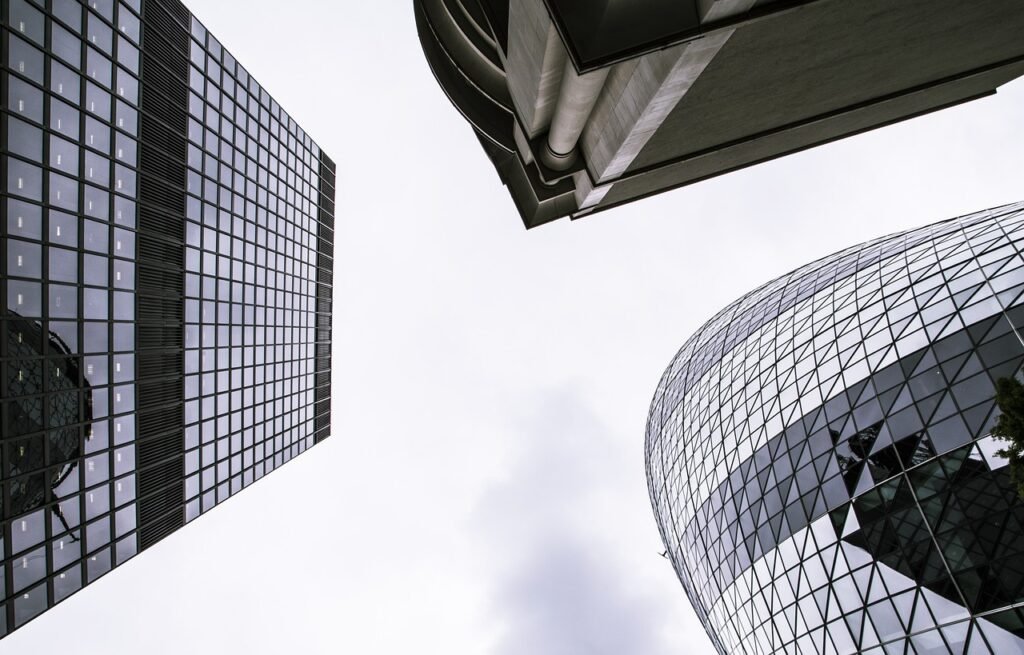
Intro
When planning a trip or contemplating a move to a major city, safety is often at the forefront of people’s minds. This is especially true for a bustling metropolis like London.
With its rich history, vibrant culture, and diverse population, one can’t help but wonder, “Is London safe?” This question is not just about the likelihood of experiencing crime but also about the overall sense of security and well-being one can expect in the city.
Whether you’re considering roaming travel in London or thinking of making it your new home, understanding the safety dynamics of this city is crucial.
The Overall Safety of London for Tourists and Residents

London stands as a beacon of culture, history, and diversity, drawing millions of visitors each year while serving as home to a bustling population of over eight million.
Its status as a global city prompts a common inquiry among those planning to visit or relocate: how safe is London? The city’s comprehensive efforts in public safety, underpinned by the diligent work of the Metropolitan Police and community policing initiatives, contribute significantly to a secure environment for both tourists and residents alike.
Nonetheless, as with any large urban center, London is not immune to crime. Instances of pickpocketing, scams, and petty theft are more prevalent in areas teeming with tourists and during peak times in crowded locales.
Visitors and residents are thus encouraged to adopt a mindful approach towards their personal belongings and surroundings, particularly in densely populated or tourist-heavy areas. It’s also worth noting the importance of staying informed about the city’s diverse neighborhoods, as safety levels can vary.
Engaging with local knowledge and current advice on specific areas can greatly enhance one’s sense of security.
While London’s proactive stance on safety, including visible policing in key areas, has made significant strides in creating a safer environment, the city continues to evolve its strategies to address the dynamic nature of urban safety and ensure a welcoming atmosphere for all who come to explore or call it home.
Understanding London’s Neighborhoods: The Good and the Bad
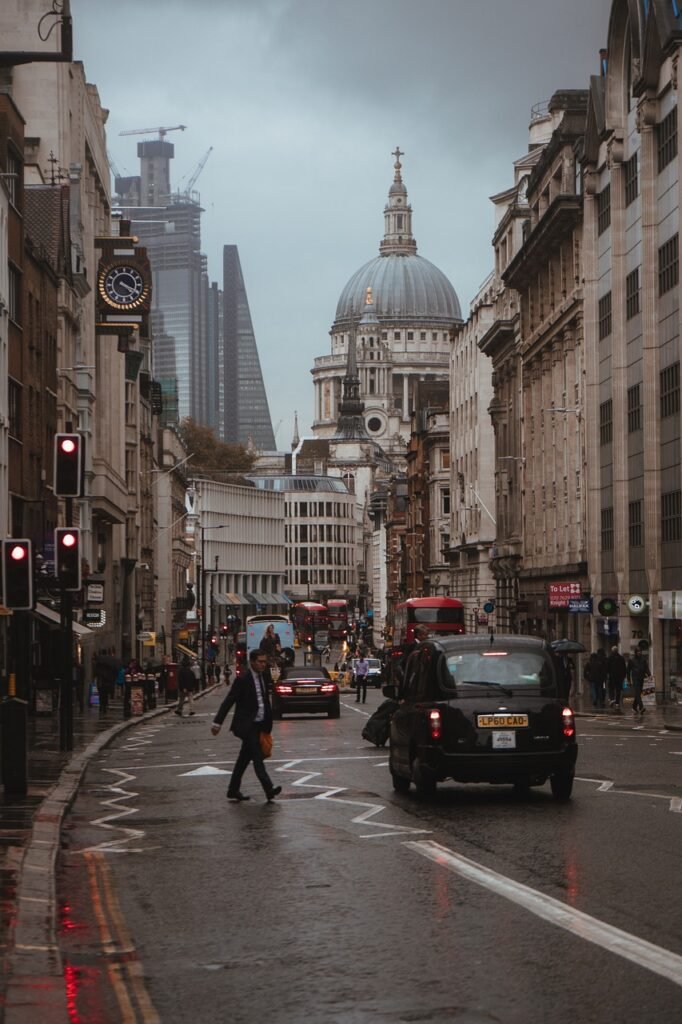
Navigating the myriad neighborhoods of London requires a nuanced understanding of the city’s geographical and social landscape. Each area offers a unique vibe, influenced by its history, culture, and the communities that reside there.
Questions regarding safety in specific locales, such as “Is Westminster London safe?” or “Is Shoreditch London safe?”, underscore the varied nature of London’s districts.
While central locales like Westminster generally maintain a reputation for safety, bolstered by their significance and constant flow of visitors, they are not without their challenges, particularly concerning petty crimes like pickpocketing.
On the other hand, regions known for their nightlife, such as Shoreditch, invite a different set of considerations. The area’s bustling evening scene is largely secure, yet the increased activity and crowds at night suggest a need for heightened vigilance.
Similarly, emerging questions about other neighborhoods like “Is Hackney London safe?” or “Is Camden London safe?” reflect the dynamic nature of London’s urban development.
These areas, historically labeled as less safe, have witnessed significant changes thanks to urban regeneration projects, transforming them into vibrant cultural hubs.
Nonetheless, prospective visitors and residents alike should approach these evolving neighborhoods with an awareness of their past and a realistic perspective on the improvements made, balancing the allure of their cultural offerings with practical safety considerations.
The Safest Neighborhoods in London for Peace of Mind
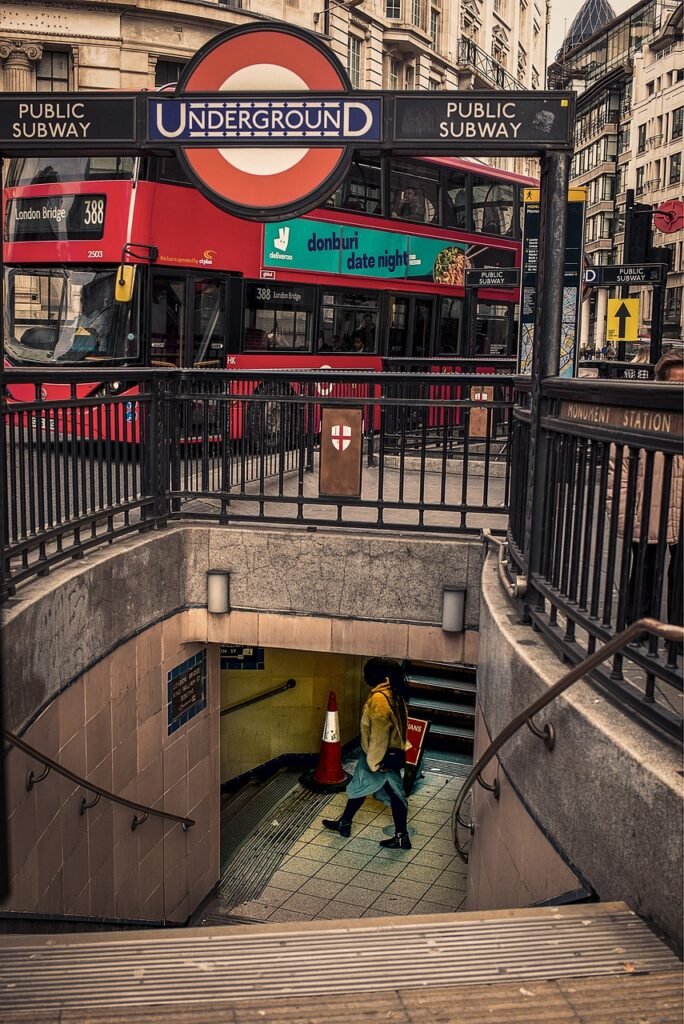
In the quest for serene and secure places within London, several neighborhoods emerge as clear frontrunners. Among these, Richmond stands out for its scenic beauty alongside the Thames, coupled with its low crime rates, making it an idyllic retreat for those in search of peace and security.
Similarly, Hampstead, with its rolling hills and proximity to expansive parks such as Hampstead Heath, offers residents and visitors alike a tranquil escape from the urban frenzy, all while maintaining a high level of safety and community spirit.
Greenwich, another gem, combines maritime history with green spaces like the Greenwich Park, providing a quiet, family-friendly environment that is both safe and visually stunning.
These areas not only excel in offering a peaceful living and visiting experience but also foster strong community ties, further enhancing their appeal as some of the safest neighborhoods in London.
Opting to reside or spend time in these locales allows for the enjoyment of London’s vibrant culture and historical richness without compromising on personal safety and comfort, presenting an attractive proposition for those prioritizing peace of mind in their London experience.
London’s Efforts to Ensure Safety for Women
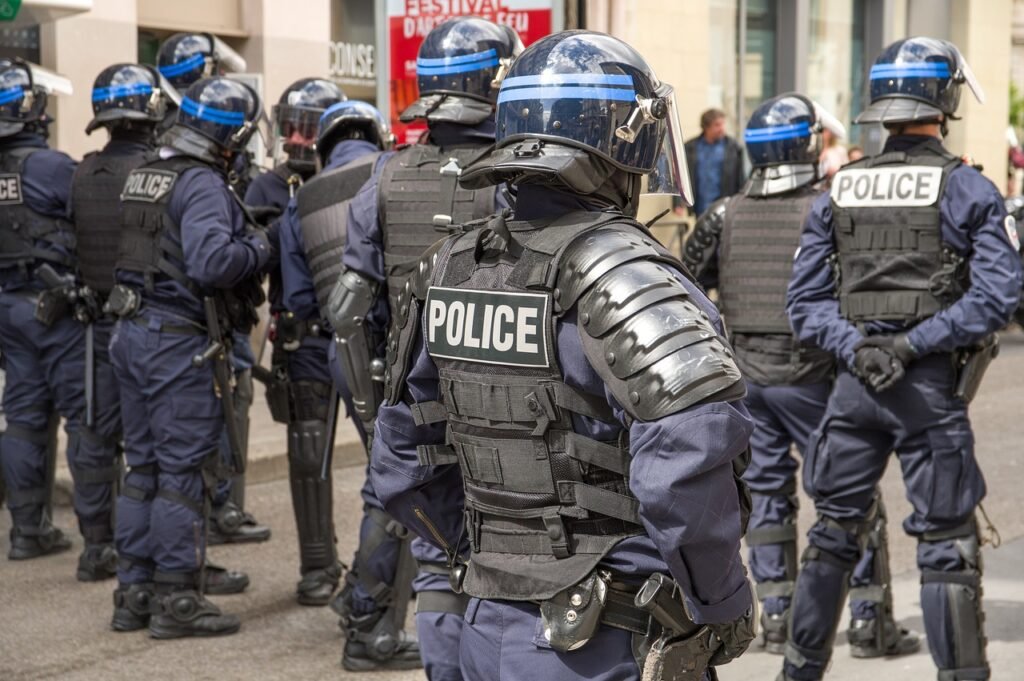
In addressing concerns about whether London is safe for women, the city has taken proactive steps to create a more secure environment.
Recognizing the importance of safety for all its residents and visitors, London has implemented several initiatives focused on enhancing women’s safety in both daylight and after dark.
Among these measures is the significant improvement in street lighting across various neighborhoods, ensuring that public areas are well-lit and less conducive to crime.
Additionally, the expansion of CCTV coverage provides an added layer of security, serving as both a deterrent to potential offenders and a means to swiftly address any incidents that do occur.
Efforts also extend to public transportation, with campaigns designed to raise awareness and combat harassment on buses and trains.
Programs like “Project Guardian” have been launched in partnership with transport authorities to specifically target sexual harassment, making public transport safer for women and all passengers. Moreover, the city’s police force has increased its focus on crimes against women, with specialized units and trained officers dedicated to handling such cases sensitively and effectively.
Community initiatives further complement these measures, with workshops and awareness campaigns aimed at educating both men and women about the importance of safety and respect in public spaces.
Through these comprehensive efforts, London is striving to ensure that women feel secure and supported, reflecting the city’s commitment to fostering a safe and inclusive environment for everyone.
The Question of Safety in Westminster London
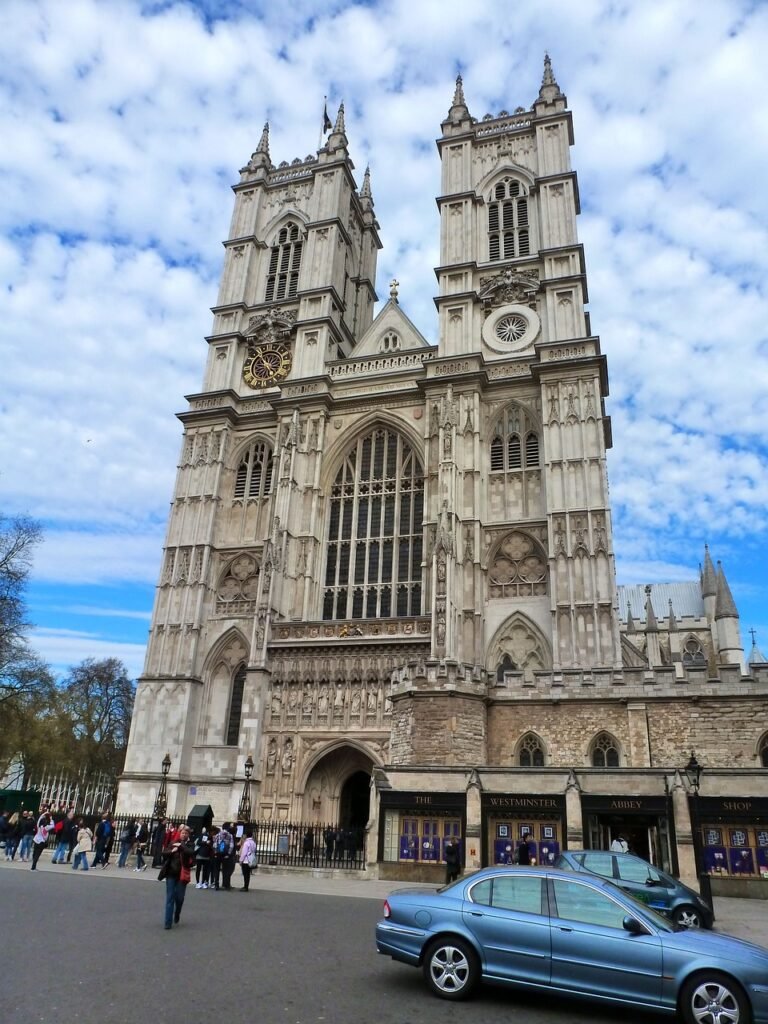
Westminster, the historic heart of London’s political landscape and a magnet for tourists worldwide, presents a unique safety profile. Its iconic landmarks, such as the Houses of Parliament, Buckingham Palace, and Westminster Abbey, attract millions of visitors each year.
The high tourist footfall in Westminster necessitates extra vigilance against petty crimes, particularly pickpocketing and scams designed to target unsuspecting travelers.
The area, however, benefits from an enhanced police presence, especially around key attractions and during major events, to safeguard both visitors and residents.
Public spaces and transport hubs within Westminster are equipped with extensive CCTV systems, contributing to a safer environment. Tourists are encouraged to remain aware of their surroundings, especially in crowded places, and to keep their belongings secure.
Despite these precautions, the general ambiance of Westminster, enriched by its cultural significance and historical grandeur, continues to be welcoming and relatively safe.
Engaging with local advice and adhering to recommended safety practices allows tourists to fully embrace the splendor of Westminster without undue concern for their personal safety.
This proactive approach to navigating the district underscores the importance of informed travel, ensuring that the experiences gained are both enriching and secure.
Avoiding the Worst Neighborhoods and Parts of London
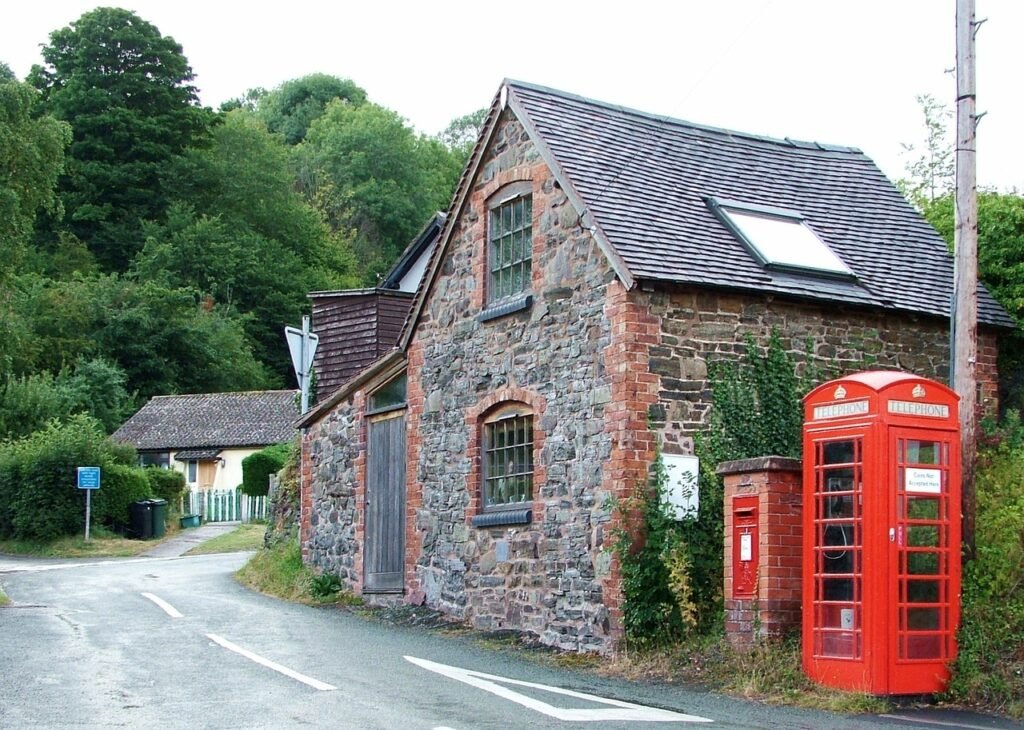
Navigating London’s vast landscape means occasionally confronting its less favorable aspects, including recognizing which neighborhoods might be best avoided, particularly for tourists or those unfamiliar with the city.
Traditionally, questions such as “what are the worst parts of London?” or “which are the worst neighborhoods in London?” have elicited names like certain areas within Hackney, Camden, and even parts of South London, notorious for higher incidents of crime.
It’s important for visitors and new residents to understand that while these areas may carry a certain reputation, they also embody the complex, ever-evolving nature of London’s urban tapestry.
Many of these neighborhoods are on the cusp of transformation, blending their vibrant culture and community spirit with concerted efforts towards regeneration and safety improvement.
However, for those prioritizing immediate safety and peace of mind, exercising caution and seeking current, local advice on these areas is advisable.
Being mindful of one’s environment, particularly after dark, and staying informed about specific locations known for higher crime rates can significantly mitigate risks. This doesn’t mean avoiding these neighborhoods entirely but rather approaching them with an informed perspective.
Engaging with community resources, such as local forums or social media groups, can provide real-time insights and advice on navigating London’s diverse districts safely.
Roam Travel Landon Safely: Tips and Tricks
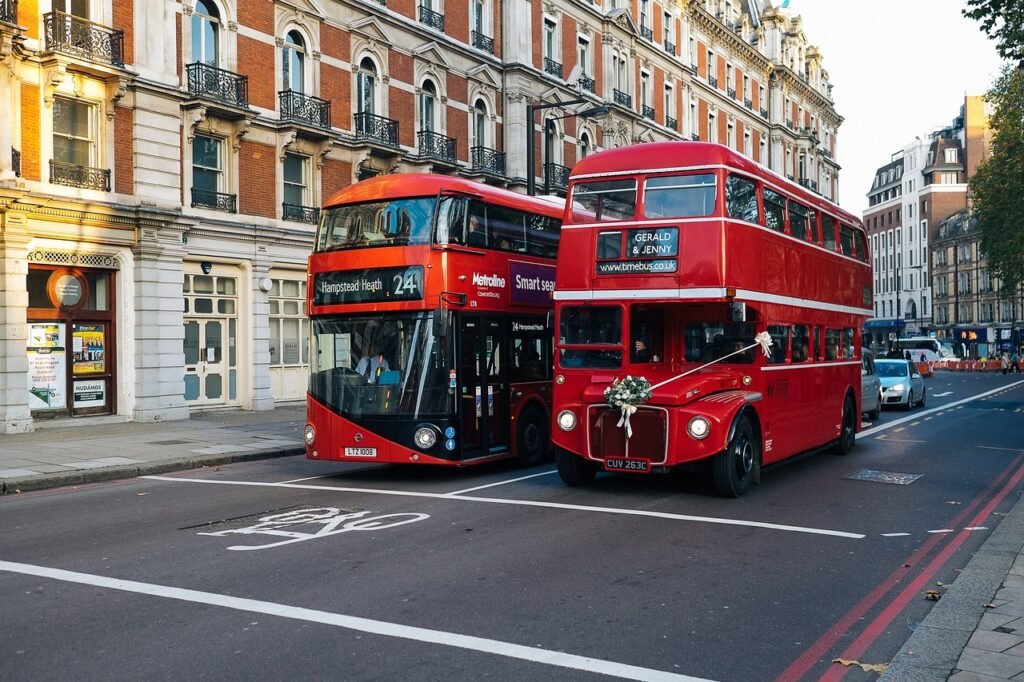
Exploring London safely requires a mix of preparedness and street smarts, especially for those eager to roam its historic streets and vibrant neighborhoods.
To start, always have a reliable map app on your smartphone or carry a physical map. London’s layout can be complex, and it’s easy to wander off course.
Public transportation, such as the Tube, buses, and the London Overground, is generally safe and an efficient way to travel across the city. However, always check the latest service updates and be aware of your surroundings, especially during late-night travels.
Staying connected is crucial. Ensure your phone is charged and consider purchasing a local SIM card for easy access to emergency services and navigational tools.
When exploring, it’s wise to keep to well-lit, populated areas, especially at night. London is renowned for its pubs and nightlife, but maintaining a level of sobriety will keep you alert and safer in unfamiliar environments.
Another tip is to blend in as much as possible to avoid drawing attention as a tourist, which can make you a target for petty crimes. Avoid flashing expensive jewelry or electronics in busy areas. Lastly, always trust your instincts.
If a situation or area feels unsafe, remove yourself from it as quickly as possible. Following these tips and tricks will ensure your London adventure is memorable for all the right reasons.
Is London a Good Place to Live? The Resident’s Perspective
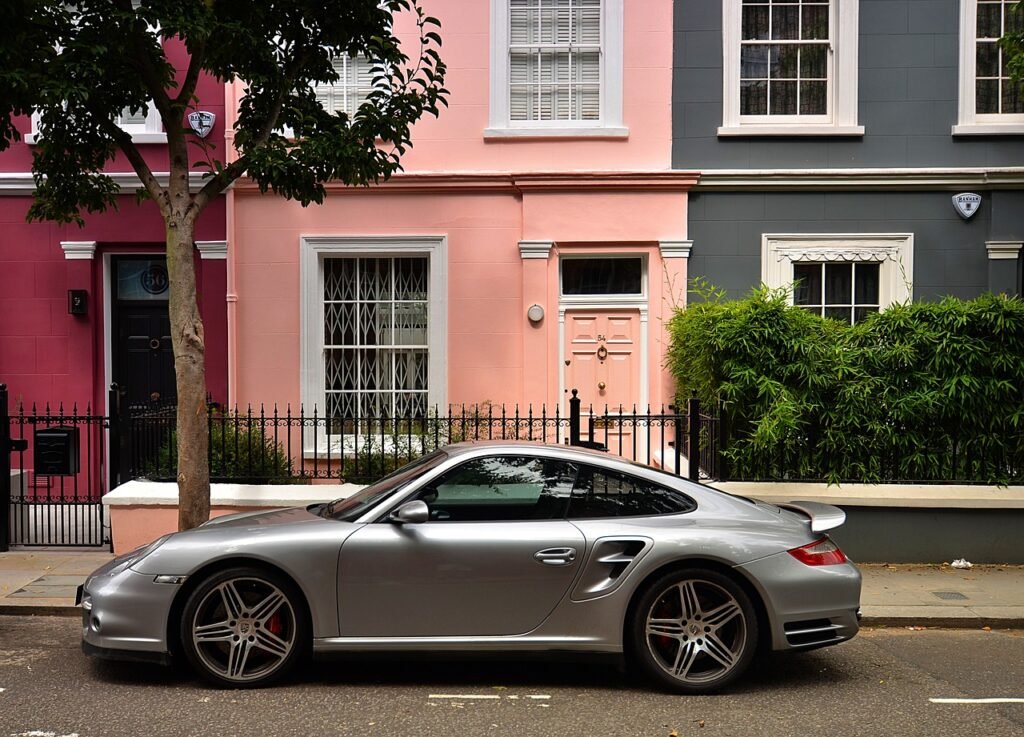
Living in London provides an experience rich with cultural diversity, historical depth, and an array of professional opportunities that few other cities can match.
Residents have access to world-class healthcare, education, and an extensive public transportation network that connects the sprawling metropolis efficiently.
The city’s vibrant arts scene, including theaters, galleries, and live music venues, alongside its myriad of restaurants serving cuisine from around the globe, ensures that there’s always something new to explore and enjoy.
However, the reality of living in London also encompasses the challenges of navigating life in a large, bustling city. Housing costs can be steep, particularly in the more central or sought-after neighborhoods, pushing many to the outskirts or into surrounding commuter towns.
Despite this, the sense of community in London’s diverse boroughs often helps mitigate the urban sprawl, offering pockets of camaraderie and support.
Safety remains a concern that is actively addressed by both the community and local authorities. Initiatives aimed at improving safety, particularly in areas previously regarded with caution, showcase a city that is responsive to the needs of its inhabitants.
The ongoing efforts to enhance public spaces and transportation safety contribute to the general wellbeing of those calling London home.
For individuals who value a dynamic lifestyle with access to the cultural and economic opportunities that a global city provides, living in London represents a compelling, albeit complex, proposition. The city demands adaptability but rewards with richness and diversity unparalleled in most other locations.
SkyScanner: Your Gateway to Exploring London on a Budget
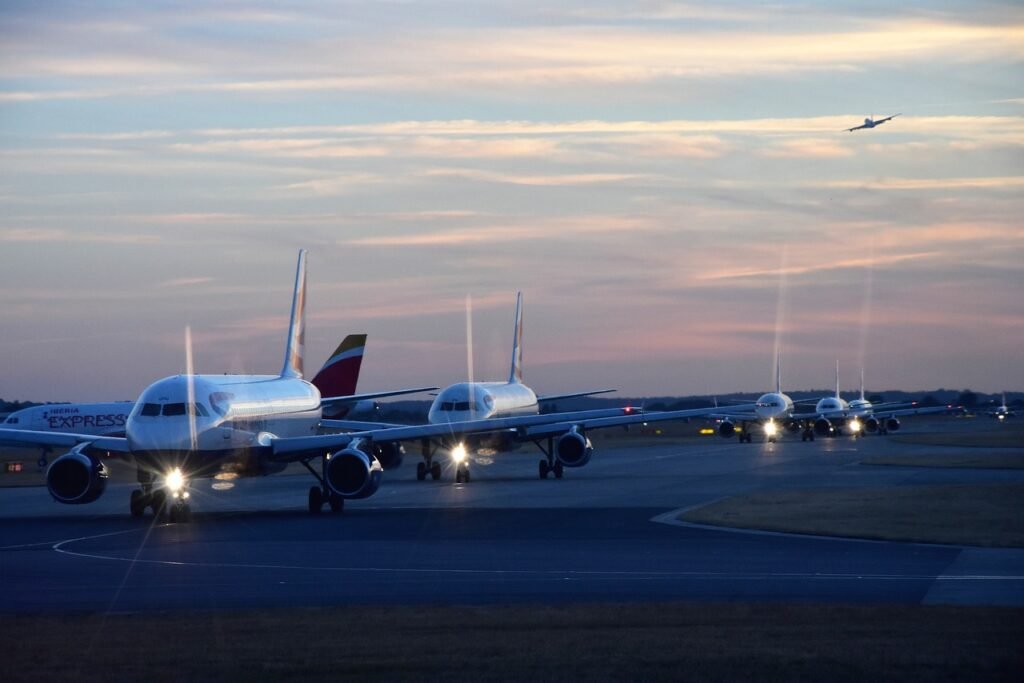
Navigating the complexities of planning a trip to London, especially on a budget, can be overwhelming. That’s where SkyScanner swoops in as a lifesaver for travelers.
Known for its efficiency in sniffing out the most wallet-friendly airfares, SkyScanner is a tool that’s hard to beat when it comes to economic travel planning.
Its robust engine searches through a vast array of airlines and travel agents, pulling together options that best match your travel dates and budget preferences.
What sets SkyScanner apart is not just its ability to find the cheapest flights but also its flexibility. The platform offers features like price alerts, where users can be notified of price drops on their desired routes, and the ‘everywhere’ search function for those with a flexible itinerary but a tight budget. This feature is particularly useful for those who wish to explore London and its surroundings without breaking the bank.
Moreover, SkyScanner’s transparency in displaying options without hidden fees ensures travelers make informed decisions. Coupled with its reviews and ratings of airlines and airports, this platform provides a comprehensive toolkit for planning an affordable journey to London. For budget-conscious wanderers eager to discover the enchanting streets, historic landmarks, and cultural richness of London, SkyScanner paves the way for an adventure that’s both economical and extraordinary.